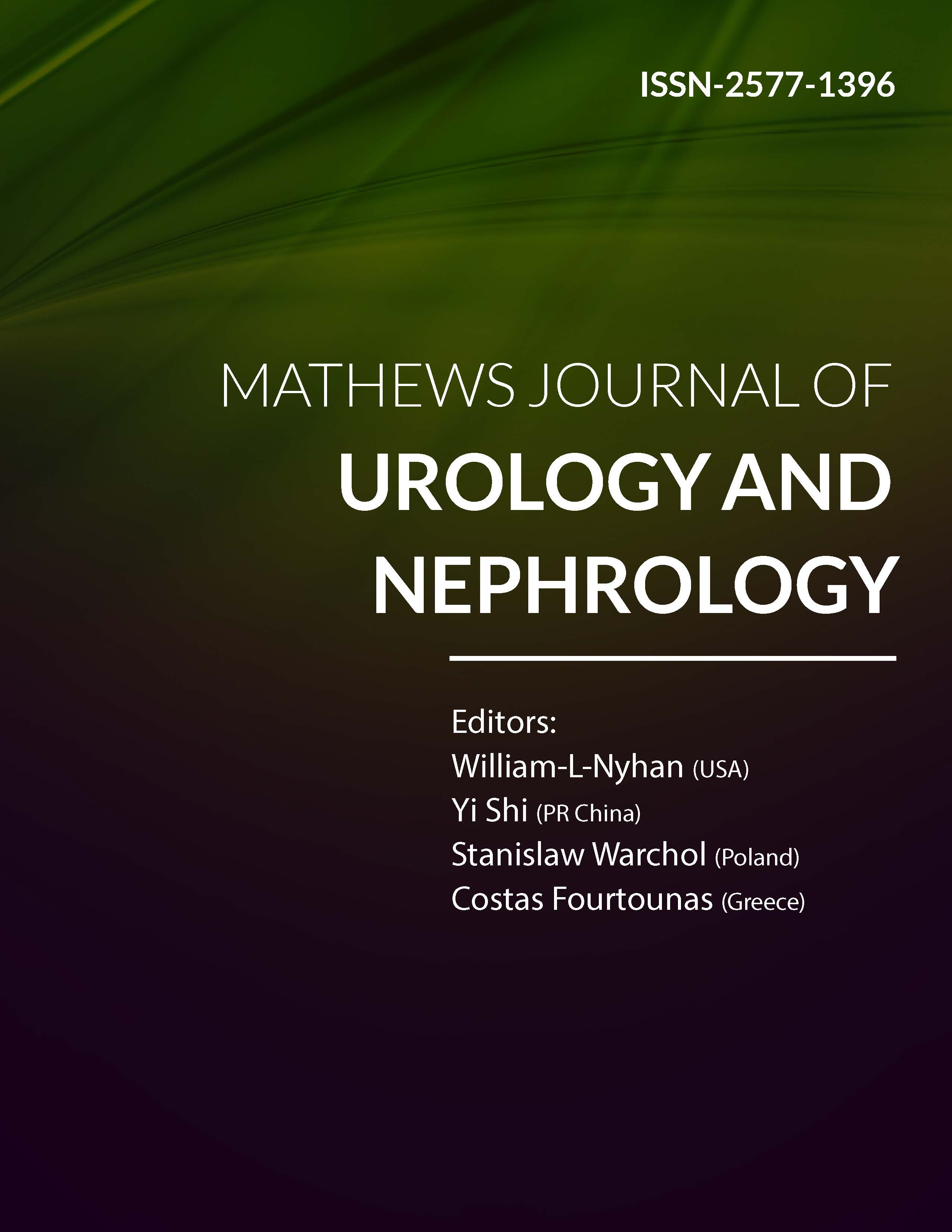
Information Links
Previous Issues Volume 6, Issue 1 - 2024
Unveiling Nosocomial Urinary Tract Infections: Insights from the University Hospital of Casablanca's Urology Department
Mahmoud Al-Affifi*, Yassine Larrache, Saleh Nedjim, Amine Moataz, Mohammed Dakir, Adil Debbagh, Rachid Aboutaieb
Department of Urology, Ibn Rochd HUC, Casablanca, Morocco
*Corresponding author: Dr. Mahmoud Al-Affifi, Department of Urology, Ibn Rochd HUC, Casablanca, Morocco, Phone: 00212700148612, E-mail: [email protected].
Received Date: February 29, 2024
Published Date: March 15, 2024
Citation: Al-Affifi M, et al. (2024). Unveiling Nosocomial Urinary Tract Infections: Insights from the University Hospital of Casablanca's Urology Department. Mathews J Urol Nephrol. 6(1):15.
Copyrights: Al-Affifi M, et al. © (2024).
ABSTRACT
Hospital-acquired urinary tract infections (UTIs) are increasingly prevalent, posing a significant challenge to public health due to their contribution to higher mortality rates and healthcare costs. This retrospective analysis spans one year, from January to December 2023, and excludes any patient admitted with an existing or active UTI. Out of 375 cases evaluated, the occurrence rate of hospital-acquired UTIs stood at approximately 14%. The average hospital stay was noted as 2.3 days, within a range of 3 to 5 days. E. coli was identified as the responsible pathogen in 37% of the instances. The patients had a mean age of 53.2 years, spanning from 17 to 87 years, with a male-to-female ratio of 2.9. Bladder cancer follow-ups emerged as the most common consultation reason. Significant risk factors included previous hospital stays, antibiotic use, bladder catheterization, and the use of JJ stents. Our findings align with existing literature on risk factors for hospital-acquired UTIs, the prevalence of enterobacterial infections, and the rise of resistant bacterial strains. Carbapenems were the most effective treatment, followed by amikacin, with a 65.33% rate of urine sterilization by day 3 post-treatment.
Keywords: Urinary Tract Infections, Antibiotic Use, Healthcare Costs, Mortality, Resistant Bacterial Strains.